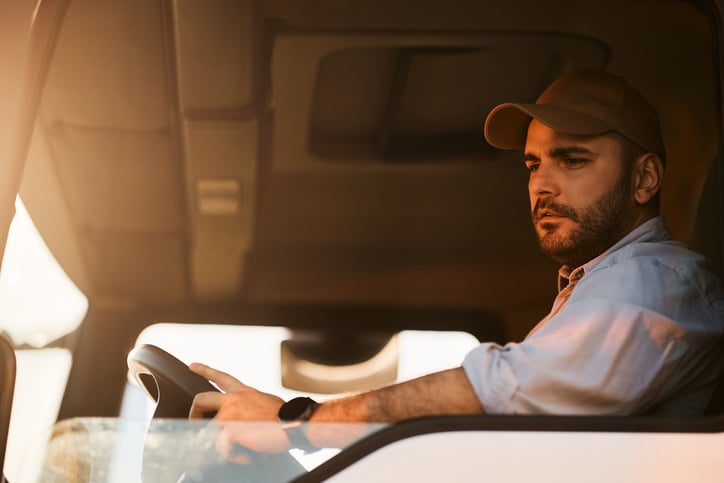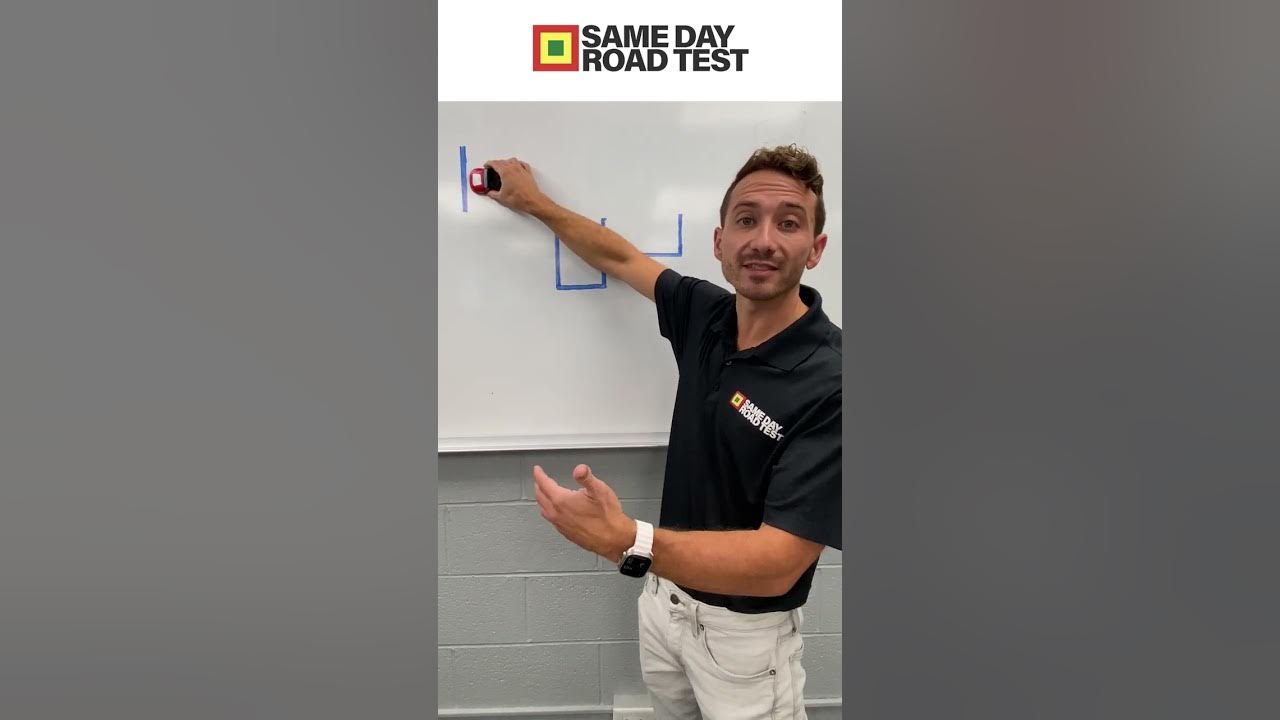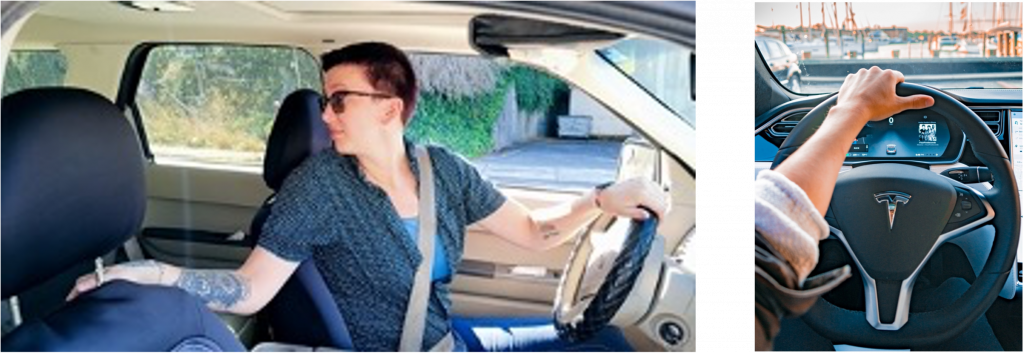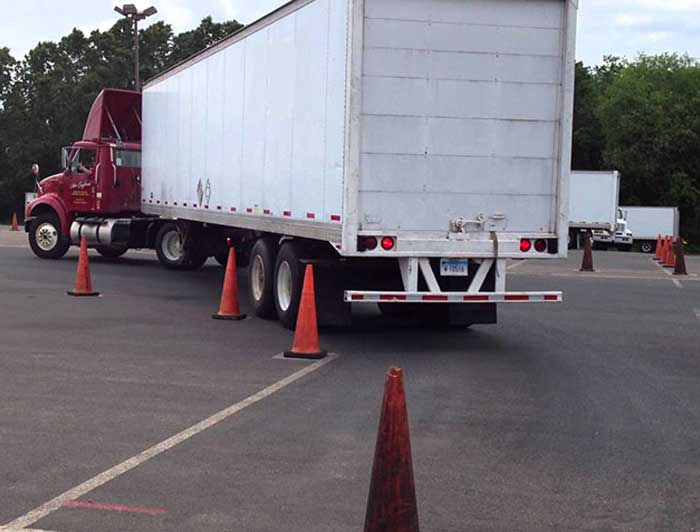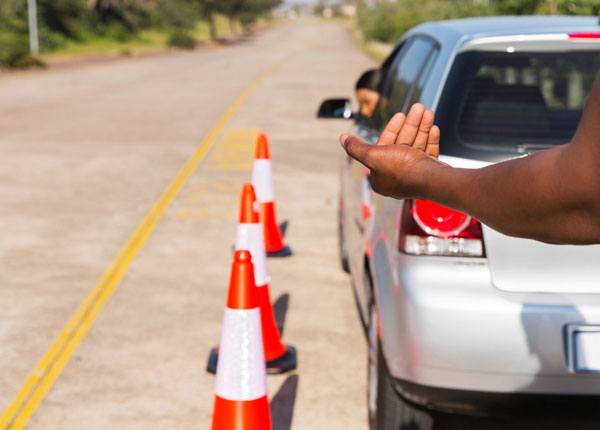Sight Side Backing Means You Are Backing Towards The

A silent killer is lurking in parking lots and driveways, claiming lives and causing countless injuries: back-over accidents. Often involving children and the elderly, these incidents underscore a critical gap in driver awareness and technique. One simple, yet often overlooked practice, could dramatically reduce these tragedies: Sight Side Backing, or backing towards your dominant sight side.
This article delves into the mechanics of Sight Side Backing, exploring its safety advantages. It also investigates why it's not more widely adopted and examines potential solutions to improve driver education and reduce back-over accidents. Understanding and implementing this technique could save lives, and that’s not an overstatement.
The Mechanics of Sight Side Backing
Sight Side Backing is a technique where a driver positions their vehicle to back into a parking space or driveway favoring their dominant eye's side. For right-handed individuals, typically the right eye is dominant, making backing towards the right the "sight side." This subtle shift in approach fundamentally alters the driver's field of vision during the crucial backing maneuver.
Traditional backing often involves looking over the non-dominant shoulder, potentially creating blind spots. Sight Side Backing allows for a more direct and natural line of sight, minimizing these blind spots and maximizing visibility of pedestrians, objects, and other vehicles.
Enhanced Visibility and Reduced Blind Spots
The primary benefit of Sight Side Backing is the improved field of vision it offers. By looking over the dominant shoulder, drivers can more easily monitor their surroundings. This is especially crucial in areas with high pedestrian traffic or limited visibility.
According to the National Highway Traffic Safety Administration (NHTSA), back-over accidents are a significant concern. Children under five and adults over 70 are disproportionately affected. Improved visibility is a critical preventative measure.
Why Sight Side Backing Isn't the Norm
Despite its clear safety advantages, Sight Side Backing remains a relatively uncommon practice. Several factors contribute to this lack of widespread adoption, including ingrained habits and perceived inconvenience.
Drivers are often taught a generic backing technique without considering individual visual dominance. This leads to inconsistent practices and a failure to maximize the potential benefits of Sight Side Backing. Some also find it easier to continue backing in the same direction they entered the parking lot in.
The Influence of Driver Education and Training
Traditional driver education programs often lack specific instruction on Sight Side Backing. The focus is typically on basic vehicle control and general safety guidelines. This gap in training leaves many drivers unaware of the benefits of this technique.
"Comprehensive driver education is crucial for instilling safe driving habits from the start," says Dr. Emily Carter, a traffic safety expert. "Integrating Sight Side Backing into the curriculum could significantly reduce back-over accidents."
Addressing the Challenge: Solutions and Strategies
Promoting Sight Side Backing requires a multi-faceted approach. This includes raising awareness, improving driver education, and leveraging technology to enhance safety.
Public awareness campaigns can highlight the dangers of traditional backing techniques and educate drivers on the benefits of Sight Side Backing. These campaigns can use various media platforms to reach a broad audience.
Integrating Sight Side Backing into Driver Education
Incorporating Sight Side Backing into driver education programs is essential. This could involve hands-on training, instructional videos, and written materials. Ensuring that new drivers are proficient in this technique will lay the foundation for safer driving habits.
Advanced driver training courses can also offer specialized instruction on Sight Side Backing. These courses can cater to experienced drivers who wish to improve their skills and knowledge.
The Role of Technology: Backup Cameras and Sensors
Backup cameras and sensors have become increasingly common in modern vehicles. These technologies can assist drivers in detecting obstacles and pedestrians while backing up.
While technology can enhance safety, it should not replace the importance of proper driving techniques. Drivers should use backup cameras and sensors as supplemental tools, not as a substitute for careful observation and Sight Side Backing.
The Path Forward: Towards Safer Backing Practices
Reducing back-over accidents requires a collective effort from drivers, educators, and policymakers. By promoting Sight Side Backing and integrating it into driver education programs, we can create safer driving environments for everyone.
Raising awareness of the dangers of traditional backing techniques is a crucial step. Empowering drivers with the knowledge and skills to implement Sight Side Backing will significantly improve safety outcomes. The implementation of safer driving practices will save lives and prevent injuries.


+when+possible.jpg)

